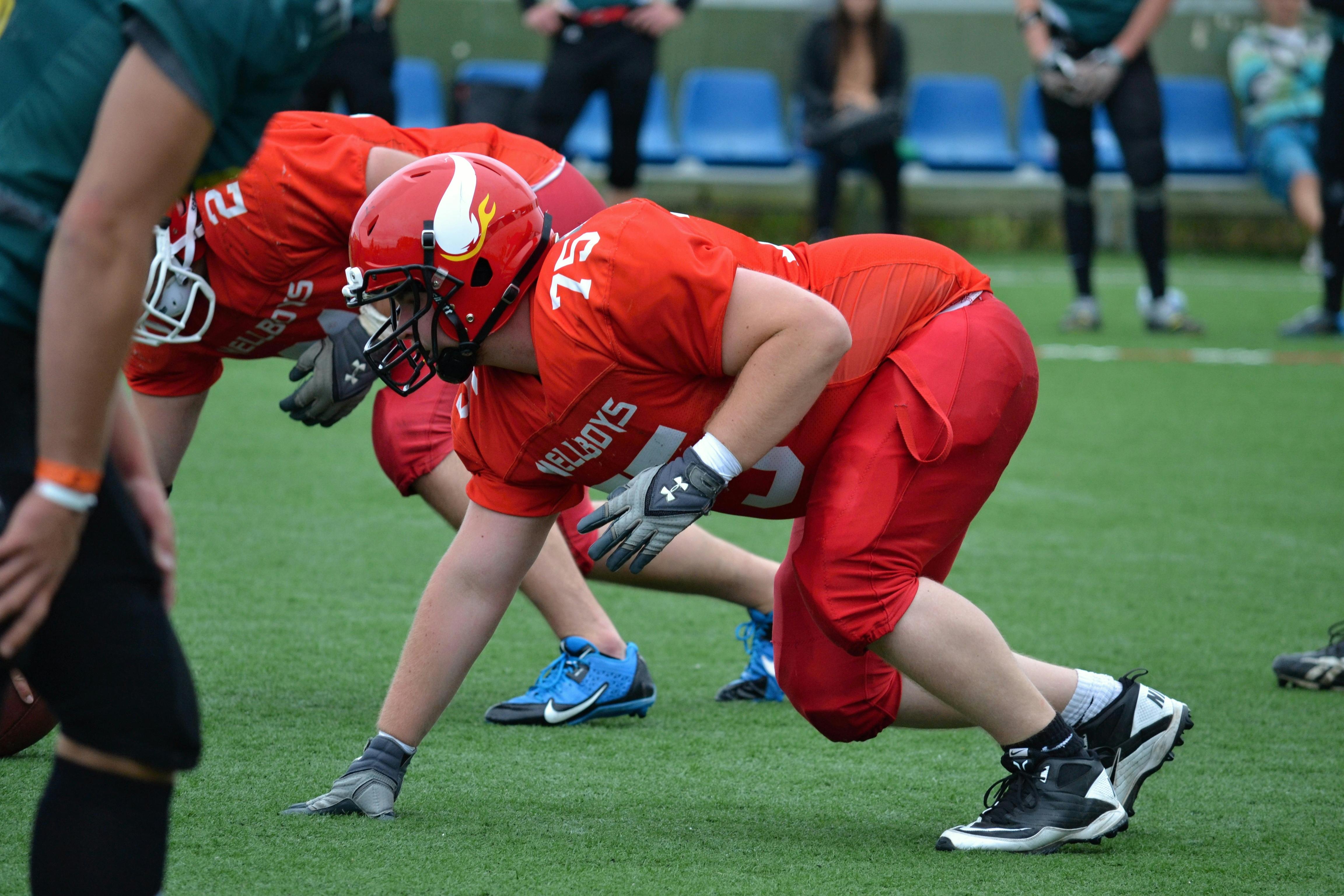Ever since the book, “Moneyball,” there has been much debate as to whether hitters are better off taking a lot of pitches or swinging early in the count. That’s one of those debates for which there is no definitive solution, but a middle ground can probably be reached.
Of course, youth baseball is different from the game played by college and professional players. In youth baseball, I think it’s best for hitters to wait and be ready to swing from the first pitch. At the lower levels of baseball, getting a good pitch to hit can be rare, so hitters must be ready to hit at all times. Having the “yes (my pitch as the ball leaves the pitcher’s hand), yes (when the ball is halfway home), yes (swing)” or “yes, yes, no (no swing)” is the better focus. to teach children.
Having said that, there are some approaches that I think can help all hitters at all levels to be smart and aggressive hitters. Most people think of aggressive hitters as those who swing at the first pitch that looks good. That’s an aggressive approach, of course, but not necessarily a smart approach. Good hitters combine the two of being aggressive and smart at the same time. They do this by being ready to swing at pitches they trust they can handle and get the bat’s sweet spot on the ball, without swinging at any strike or ball that looks good.
Of course, some of the points written below are for advanced players, but they are all strategies that coaches can begin to teach at all levels of baseball.
To be smart and aggressive, hitters must:
1. Pay more attention to pitchers when they’re in the dugout, and especially in the on-deck circle, so hitters are “attuned” to the pitcher’s speed and tendencies.
2. Know if the pitcher is considered a strikeout pitcher: Hitters need to be more aggressive early in the count when facing a strikeout pitcher.
3. Be more aggressive with guys in scoring position, especially with a runner on third and less than two out.
4. “Know Thyself”: Good hitters need to understand which pitches they hit best and which ones they struggle with. At the start of the count, batters should only swing at pitches that are in their best-hitting zone.
5. Learn to Visualize – Hitters who can visualize swinging good pitches, hitting the ball hard, and hitting no-strike pitches are valuable in being smart and aggressive hitters.
6. Learn to cut your swing a bit with two strikes and be willing to take a walk, especially when the game situation dictates that a long ball isn’t necessary.
7. Watch how the pitcher is pitching to other hitters in the lineup. For example, to know if there is a common first pitch, the punch pitch? Etc… it is very valuable to be intelligent and aggressive.
8. “Be Yourself” – All hitters have their own “hitting personality” where they are usually aggressive or more patient. It is important that hitters stay with their own personality most of the time. Trying to adopt a different personality can lead to prolonged falls. Of course, individual “hitter personality” should not be extreme, as it inhibits good hitting chances by allowing the pitcher to exploit the hitter’s approach.
9. Practice pitches you struggle with as much as possible – minimizing weaknesses can help immensely. Just being able to foul out tough pitches can keep the at-bat alive and lead to hits.
10. Having a short memory where they can treat each at-bat separately from the previous ones, especially when they’re on a slump. Being very hesitant when wrestling is common for hitters, which inhibits them from staying aggressive.
11. Going hungry and never being satisfied, no matter how well you hit. Success often leads to complacency, which is often followed by a prolonged slump in hitting.
Finally, having an aggressive approach is good for a while, but having an aggressive and smart approach leads to long-term success.
